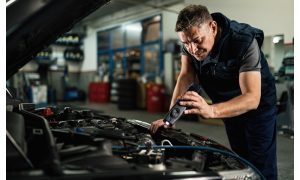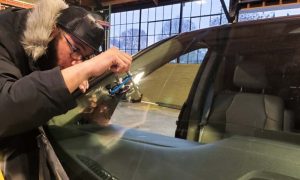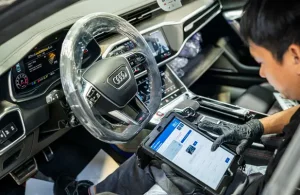Decoding the Whispers: A Guide to Diagnosing Car Problems

Cars, elaborate machines of moving parts, can consistently present perplexing manifestations. A sputtering power plant, a flashing dashboard light, or a strange roar can leave you feeling completely lost.
This guide will adorn you with the information to identify potential issues and take the first steps toward an answer.
Recognizing the Symptoms – The First Step
This initial step forms the establishment for any productive troubleshooting design.
· Note the Symptoms:
Note the environments under which the problem stands. Does it occur only at extreme speeds, during acceleration, or at idle? An itemized record of the symptoms is priceless.
· Visual Inspection:
Don’t underestimate the capacity of a visual examination. Check for obvious leaks, fluid spills, or promiscuous connections.
· Dashboard Warnings:
Pay close attention to any warning lights that illuminate your dashboard. Each light typically complements a specific structure or component.
Understanding Basic Car Mechanics – The Underlying Principles
Knowing the fundamental workings of your bicycle’s systems is essential for direct diagnostics.
· Engine Systems:
The motor is the heart of your ride. Understanding how the fuel transfer, ignition, and abating systems communicate is critical. A breakdown in any constituent of this intricate network can manifest as a sort of symptom.
· Electrical Systems:
The energetic system controls the entirety from the lights to the engine’s movement. Problems with circuitry, fuses, or the battery can bring about a wide range of issues.
· Transmission and Drivetrain:
The transmission and drivetrain handle the transfer of capacity from the engine to the wheels. Problems present can manifest as shifting troubles, unusual commotions, or loss of capacity.
Utilizing Diagnostic Tools – Enhancing Your Skills
Several tools can aid in the demonstrative process.
· Owner’s Manual:
Your owner’s manual is a valuable system. It contains troubleshooting guides and diagrams that can help you define potential issues. It also determines important news about your specific bus’s systems.
· Scanner Tools:
Advanced demonstrative scanners can read mistake codes from the car’s calculating system. These codes determine specific news about the malfunctioning component, making diagnosis considerably easier. Get help from an auto repair shop in Bakersfield, CA.
· Basic Tools:
Having a set of elementary tools, in the way that screwdrivers, wrenches, and pliers, is essential for operating simple checks and repairs.
When to Seek Professional Help – Recognizing Limits
While understanding these basics may be immensely beneficial, there are occasions when professional assistance should.
· Complex Issues:
If you encounter problems that you can’t pronounce or fix yourself, don’t hesitate to seek professional help from a limited mechanic.
· Safety Concerns:
If the question involves security-critical systems, in the way that the braking or steering, next professional attention is essential.
· Cost-Benefit Analysis:
For a few complex issues, the cost of professional diagnosis and repair may be more economical than trying DIY repairs.
Conclusion
Diagnosing car questions can be a pleasing experience, authorizing you to take control of your vehicle’s maintenance. Remember, patience and detailed observation are key to successful car diagnostics.





